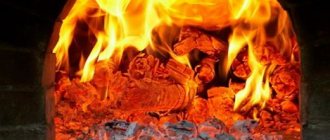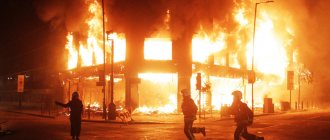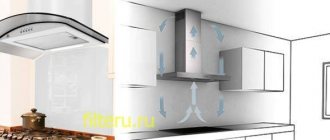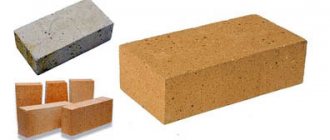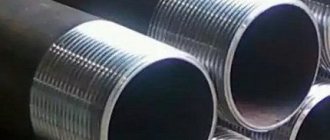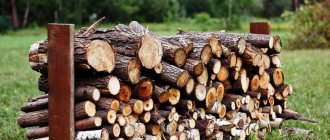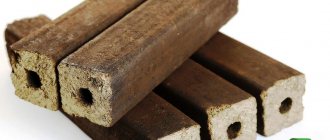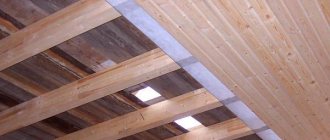Despite the fact that there is a wide choice of heating systems, many homes still have wood stoves and fireplaces. And even if gas heating appears, the owners of the house do not part with their favorite stove.
There is something primitively attractive in these living flames, the crackling of firewood, in the special atmosphere of warmth and smell emanating from the stove. And even its difficult maintenance, preparation of firewood and kindling are justified by this. In order to get high-quality heat and a pleasant specific aroma, you need to choose the right firewood.
What are there
In order to choose the right firewood for kindling, you need to know the properties of wood species. The following characteristics of firewood exist:
- heat transfer coefficient;
- degree of flammability;
- amount of ash;
- smoke production during combustion.
Ideal firewood should have excellent flammability and heat transfer, produce little smoke and leave a minimum of ash after combustion. And these qualities depend not only on the type of wood, but also on the degree of dryness, that is, on the percentage of remaining moisture.
A freshly cut log burns poorly due to high humidity. That's why it's best to harvest firewood in the middle of winter. Previously, in villages it was customary to do this no earlier than “winter Nikola”, December 19th. At this time, the sap from the trees partially goes into the ground. The trees seem to be in suspended animation.
Cedar
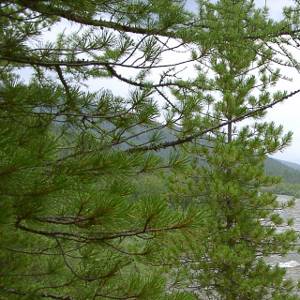
In mid-latitudes it is rather rare, but in more northern regions it grows everywhere. It has soft wood and cracks well. Cedar wood is good fuel for a fire.
- Fire power: 0.70de.
- Calorific value: 2645 kWh/m³.
- Combustion temperature: ~650 °C.
- Burning time: average.
- Flame: even, may spark. Smokes.
- Coals: quite hot, medium smoldering time.
- Lighting difficulty: easy.
From deciduous trees
Deciduous trees are considered the most suitable for use as fuel. Of course, each type of deciduous tree differs in its characteristics, so we will consider them separately.
Birch
This wood is special, its qualities are unique for the firebox. The heat generated by birch can not only heat the room, but also disinfect it, and also impart a specific aroma. That is why such firewood is the most common type of fuel for Russian baths.
The heat of birch wood helps to get rid of colds, complications, and diseases of the upper respiratory tract. Well-dried birch firewood, like bark and birch bark, contains tar, with which it burns easily and leaves little ash, while at the same time having high heat transfer.

To quickly light a stove or fireplace, use birch bark.
The disadvantage of birch is the impossibility of its long-term storage. Firewood, being in a woodpile for more than two or three years, loses its properties, becomes rotten and produces much less heat.
Oak
Oak is a fairly expensive wood, so it is an elite fuel. This is a hard wood, so it has a long burning time and excellent heat transfer, which is superior even to birch firewood. But you need to choose middle-aged trees for these purposes.
This type of wood is especially good for heating a fireplace because of the tart aroma that spreads throughout the house. Substances released by oak wood during combustion are also considered healing.
In some high-end restaurants, many dishes are cooked over an open fire using oak wood.
Alder
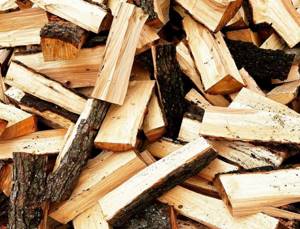
Having low resin content and good heat transfer, they do not produce much smoke. That is why black baths used to be heated with alder. And the smoke from alder firewood can clean the chimney of soot.
The smoke from the alder softens the soot deposits, causing them to separate from the chimney and fall into the furnace.
When preparing firewood from alder, do not forget to collect sawdust. They are useful for smoking fish and meat. They are also added to the grill to flavor dishes.
Larch
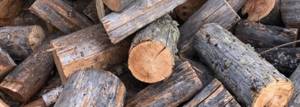
Larch is one of the most common trees in our country. The burning of larch wood is calm, unhurried and long.
The heat is quite noticeable. There is almost no soot. All this makes larch one of the most suitable trees for firewood.
Aspen
This firewood is also capable of cleaning a chimney and produces a minimum of soot itself. This is probably where their beneficial properties end. Aspen burns out quickly with low heat transfer. Therefore, it is practically not used for heating.
Linden
All parts of this tree have benefits for the human respiratory system. Therefore, it is recommended to use linden firewood for the bath. In addition, they burn slowly and have excellent heat dissipation.
In the bathhouse, for medicinal purposes, a little honey is spread on the firewood. Then in the steam room there is linden-honey aromatic steam, which has a beneficial effect on the human respiratory system and has a healing effect.
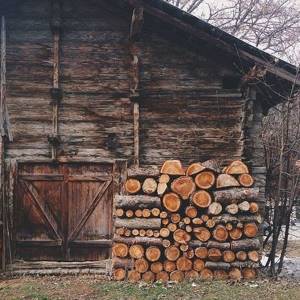
A significant disadvantage of such firewood is the loss of its wonderful properties within two years.
Fruit bearing species
Such firewood is formed by cutting down old fruit trees. They can heat both a house and a bathhouse. But it’s better to save it for shish kebab, barbecue, smoking meat or fish. They do not emit burning and have a pleasant aroma.
Other fuels
In addition to regular firewood, stoves can be heated with other types of fuel:
Peat. The peat is pre-dried. However, when dried, it becomes inconvenient to use. It crumbles in your hands. At the second stage it is pressed. According to the technology, sawdust is added to it. As a result, briquettes are formed. They can also heat boilers with a water circuit.
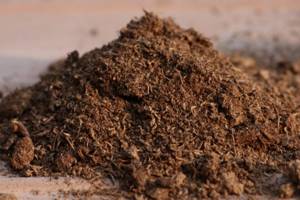
Coal. Used as solid fuel. Characterized by longer burning than wood. It produces significantly more heat, so heating with coal is economically profitable. Suitable for boilers with a water circuit. Layers of coal are added to the wood fired stove.
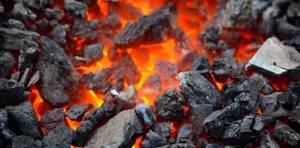
Eurodrova. This is a type of fuel that is presented in the form of briquettes. They contain compressed sawdust without harmful materials. You can burn with eurowood in a stone or iron stove. Also boilers operating on solid fuel with a water circuit.

Sleeping firewood. Here you need to take into account the harmfulness of the process, since the wood is saturated with toxic oils.
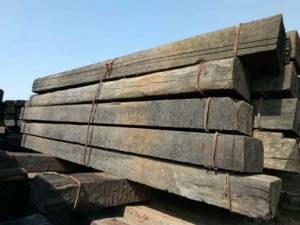
Chipboard. Chipboard scraps are very popular; they are used to heat country houses. However, the combustion of chipboard is accompanied by the release of toxic gases. Improper use of chipboard can lead to equipment explosion. However, if you follow the recommendations that tell you how to properly heat the stove, fuel such as chipboard will produce decent heat transfer. Applicable in boilers with a water circuit.
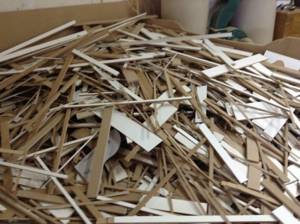
Coal dust. Coal dust can be used to light the stove after it has fully warmed up. First, it is heated with firewood, and then a layer of coal dust is placed on top. The fraction must be large, otherwise attenuation will occur. Firing a furnace with a stump is an economically profitable process, given that it is formed from the long-term storage of coal. Can be placed in boilers with a water circuit.

Coniferous
Coniferous trees are used less often for firewood than deciduous trees. This is due to the high resin content in wood. At a high combustion temperature, the resin also begins to burn, sparkle, shooting small coals. Therefore, if you use pine or spruce firewood, then only by tightly closing the stove door.
It is better not to use coniferous wood to light the fireplace to avoid fire.
Due to the high resin content, such firewood, as a result of combustion, forms layers of soot in the chimney.
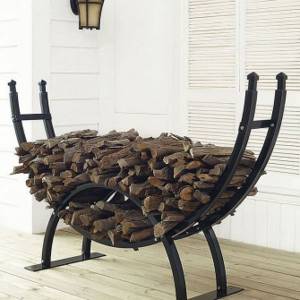
But many people prefer this type of firewood, since the pine aroma is not only very pleasant, but also beneficial for breathing. In addition, the heat transfer of pine firewood is not much lower than that of birch, and the fuel is accessible and inexpensive.
If you want to heat the stove using pine or spruce firewood, then you need to combine it with other firewood, for example, aspen. I also recommend adding juniper branches to any firewood in the firebox.
There is an interesting life hack related to the use of such firewood. Some bathhouse lovers constantly dry and accumulate potato peelings in order to then add them to the stove along with pine wood.
The starch contained in potato peelings will have a softening effect on soot, and the chimney will become less dirty.
Elm
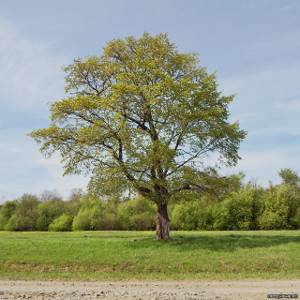
Elm is often found in broad-leaved and mixed forests and can form quite large clusters. It is hard, does not chip easily, but in terms of its heat characteristics it is approximately the same as birch. Just like it, it can burn in its raw form.
- Fire power: 0.77de.
- Calorific value: 2912 kWh/m³.
- Combustion temperature: 864 °C.
- Burning time: long.
- Flame: even, smokes moderately.
- Coals: very reminiscent of birch coals - they smolder for a long time and fry well.
- Lighting difficulty: medium.
Characteristics of firewood: pros and cons
| Firewood | pros | Minuses |
| Pine, spruce | Healing aroma, affordable fuel, good heat dissipation. | They clog the chimney and are not recommended for fireplaces. |
| Larch | Long burning, excellent heat dissipation, no soot. | They release large amounts of carbon monoxide. |
| Birch | Good heat dissipation, disinfects the room, available fuel. | When stored for more than 2 years, it loses its properties. |
| Oak | Excellent heat transfer, long burning, beneficial steam properties. | Expensive. |
| Alder | Good heat transfer, do not smoke, clean the chimney of soot, do not require drying. | It doesn't grow everywhere. |
| Linden | Useful properties of steam, slow burning, good heat transfer. | When stored for more than 2 years, it loses its properties. |
| Aspen | Clean the chimney. | Low heat transfer. |
Thus, there are quite a lot of options for heating a house or bathhouse with wood. Each type of firewood has its pros and cons. The main thing is to follow fire safety rules.
Pine
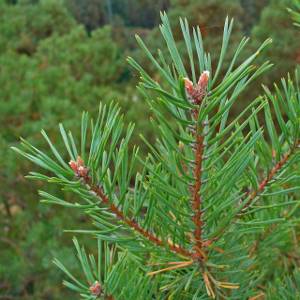
Most often, it is this that burns in tourist fires, because: it grows en masse, is found almost everywhere, forms a lot of dry wood, and when it dries out, it sheds its bark and quickly gets rid of moisture, after which it stands in this form for quite a long time. Resinous. The heat characteristics of pine firewood are very good.
- Fire power: 0.64de.
- Calorific value: 2413 kWh/m³.
- Burning temperature: 624 °C.
- Burning time: average.
- Flame: smokes and sparks occasionally.
- Coals: quite hot, but burn out quickly.
- Lighting difficulty: easy. Pine chips can be used as kindling.
Questions and answers
Is it possible to burn a stove with willow wood?
In principle, the stove can be heated with any dry wood, willow is no exception. Such firewood burns out quickly, but produces a lot of heat. It makes sense to use them with other firewood.
Why can’t you heat a stove with used sleepers?
There is a joke: “good firewood is free firewood.” But not in the case of used sleepers. The fact is that they are impregnated with creosote, a mixture of phenols that are harmful to humans.
Will American maple firewood make good wood?
This plant has filled the cities and has already reached villages. But it is not advisable to use it for firewood, since it has little heat transfer. Moreover, in order to use it to light the stove, American maple must be dried for a long time; this tree is very saturated with moisture. Yes, and it is difficult to split it.
When is it easier to chop wood? Fresh or when they dry out?
It is better to chop birch firewood when it is freshly cut, and spruce firewood when it is dried out.
Why is it not advisable to burn with raw wood?
Wet firewood contains a lot of moisture, and during combustion, thermal energy is spent on evaporating moisture rather than heating the room. That's why you'll have to spend more firewood. In addition, the temperature released from the combustion of raw wood will be lower.
Calorific value of material
Calorific value is the heat of combustion of raw materials. The heating value of wood depends on this indicator. The index shows which wood is best for the stove. Their choice is also influenced by other factors, each of which may differ significantly from the standards. In field conditions, theoretical calorific value has general indicators. The characteristics are accurately determined in the laboratory, and the results will be correct only for the sample being tested. The experiment consists of burning a prototype and identifying the amount of thermal energy generated.
Calorific value is the amount of heat produced when a certain amount of wood is burned together with accompanying internal substances (esters, oils, etc.). The process releases water vapor, which is generated in two ways:
- due to the hygroscopicity of the material, the pores contain moisture, which turns into steam when heated;
- During the oxidation and decomposition of hydrocarbons, water molecules are synthesized and steam is formed from them.
There are several types of calorific value indicators. Depending on them, the combustion of raw materials used to evaporate water and heat steam is taken into account. These indicators include:
- specific calorific value volumetric;
- specific mass working;
- absolute highest;
- working volumetric lower;
- workers mass lower.
The heat release indicator related to the selected volume of raw materials is called the specific heat of combustion. To determine the amount of energy, standard units of volume (cubic meters, cubic decimeters) are used. The indicator is measured in J/m³ or kcal/dm³. Depends on the density (cellular structure) and concentration of flammable components per unit volume of raw materials. Its characteristics are directly proportional to the name of the wood.
The mass specific calorific value of a sample of a certain quantity is calculated for kilograms or tons of wood. Displayed in J/t or kcal/kg.
The absolute degree (highest) is measured taking into account the heat spent on condensing the steam released during combustion. Condensation energy refers to latent combustion indices. Absolute calorific value is determined by burning a piece of wood of a certain weight or volume in a calorimeter with further cooling of all its components to the initial temperature.
The lower working calorific value in volumetric units does not take into account fuel consumption for condensation of steam released during combustion. Since when the previous indicator is identified, it is practically impossible to cool the components until complete condensation appears, the operating characteristic is widely used in calculations. Determined after combustion of the prototype and cooling of the components without the formation of condensation. A live (undried) sample is used, and its moisture content, measured before use, is recorded in documents.
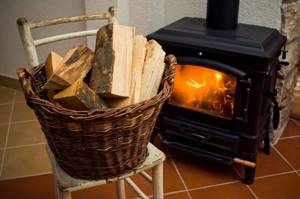
Create a cozy atmosphere in your home
Working calorific value in weight units is called the lowest mass characteristic. Measured in J/t or cal/kg. To determine it, the following provisions exist:
- It does not depend on the species, since the weight unit of a completely dry sample of any tree includes the same amount of combustible substance, similar in composition.
- Depends directly on humidity. A kilogram of wet raw material contains 1 kg of pure combustible component minus moisture, and in a dry sample its weight is equal to the mass of the heating substance.
In wet fuel, latent heat losses increase due to the release of condensate, its heating to 800-1100°C and the evaporation of water.
Birch firewood
Advantages . Birch firewood has always been considered the best: clean and hot. They burn with a high, hot flame, do not shoot, do not spark, and burn out completely. Many people love the delicious aroma that comes from a pile of fresh firewood.
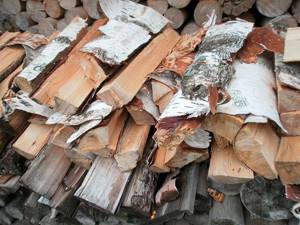
Birch firewood
Difficulties . Birch firewood produces such intense heat that it sometimes causes fires. In any village they will tell you sad stories about a burnt house in which a strong fire was lit. And they will clarify that the poor fellows threw too much birch firewood into the stove at once. This usually happens in cold autumn or frosty winter, when they want to warm up a frozen house as quickly as possible. The dachas where people come for the New Year holidays often burn.
During long-term storage (more than two years), chopped birch firewood loses its special aroma.
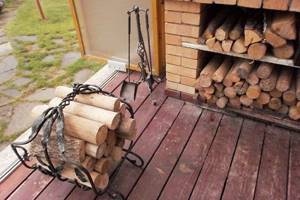
Often rounded firewood is waste from plywood production
There is one more feature of this firewood. A village woman I know complained to me that her chimney was quickly becoming clogged with soot and soot. But she heats the stove exclusively with birch wood.
